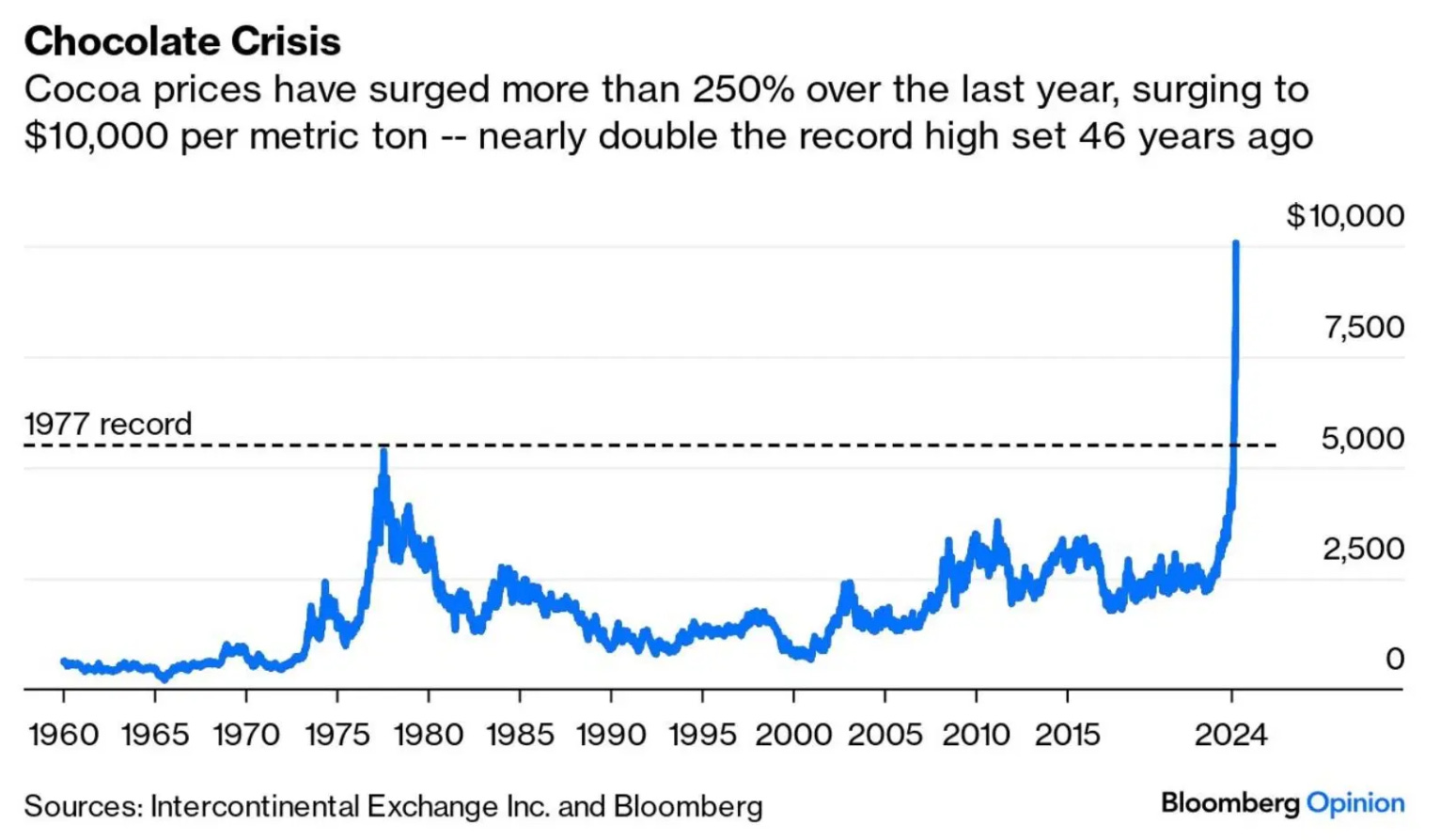
Top 10 Cocoa Events in Ghana’s Cocoa Sector in 2024: Impact on Global Prices in 2025
Explore the top 10 cocoa events in Ghana’s cocoa sector in 2024 and their impact on global commodity prices and markets in 2025. Expert analysis and recommendations included. Keywords: Ghana cocoa sector 2024, global cocoa prices 2025, Ghana cocoa production, cocoa supply chain
Highlights:
-
Ghana’s cocoa sector experienced unprecedented events in 2024, including climate challenges, policy reforms, and technological advancements.
-
These events are expected to influence global cocoa prices, supply chains, and market dynamics in 2025.
-
Strategic recommendations are proposed to mitigate risks and capitalize on emerging opportunities in the global cocoa market.
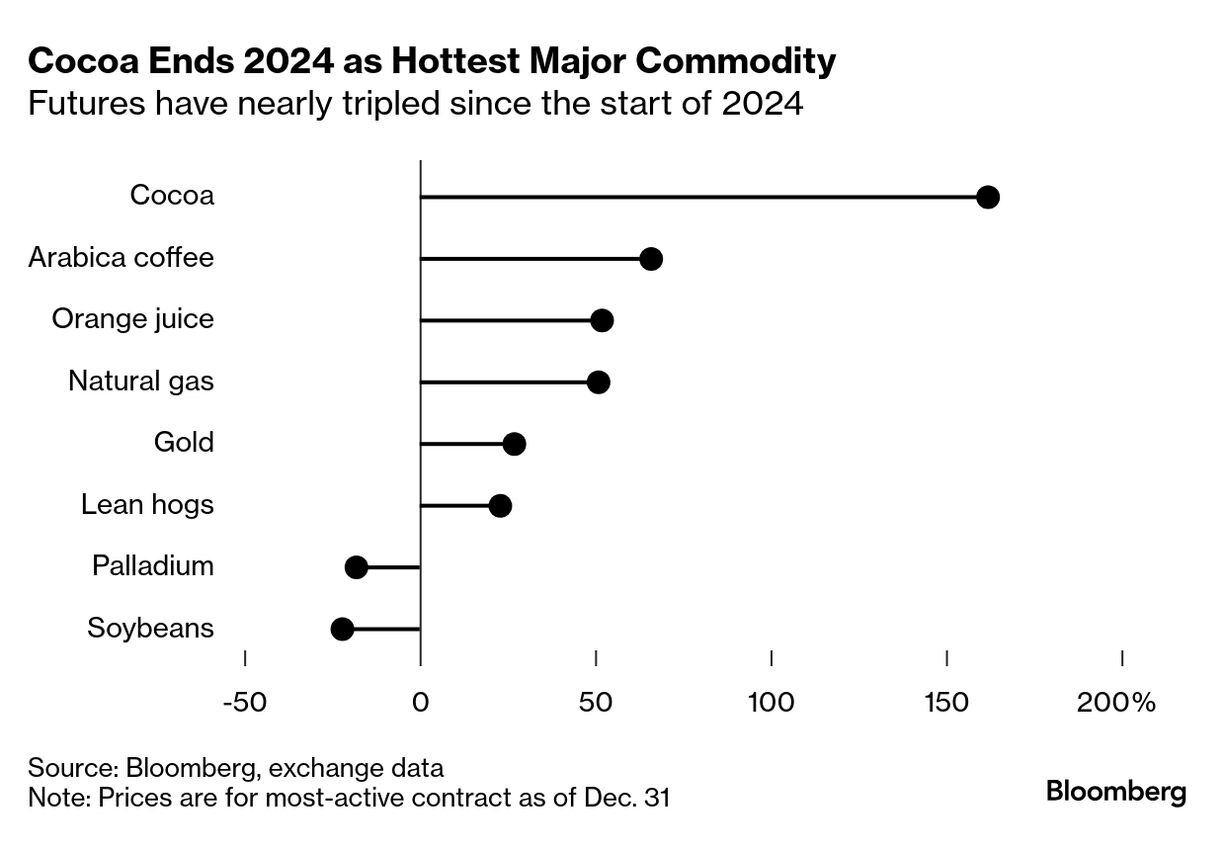
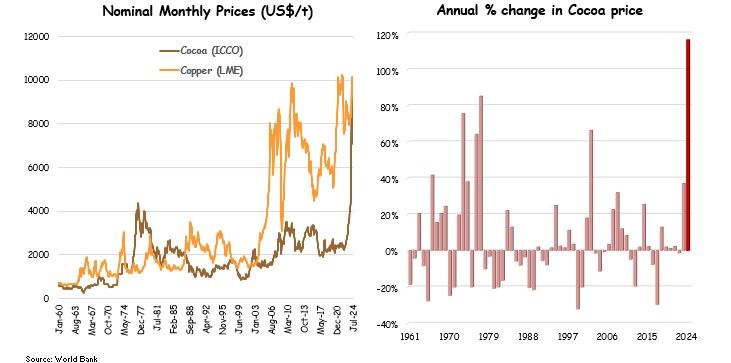
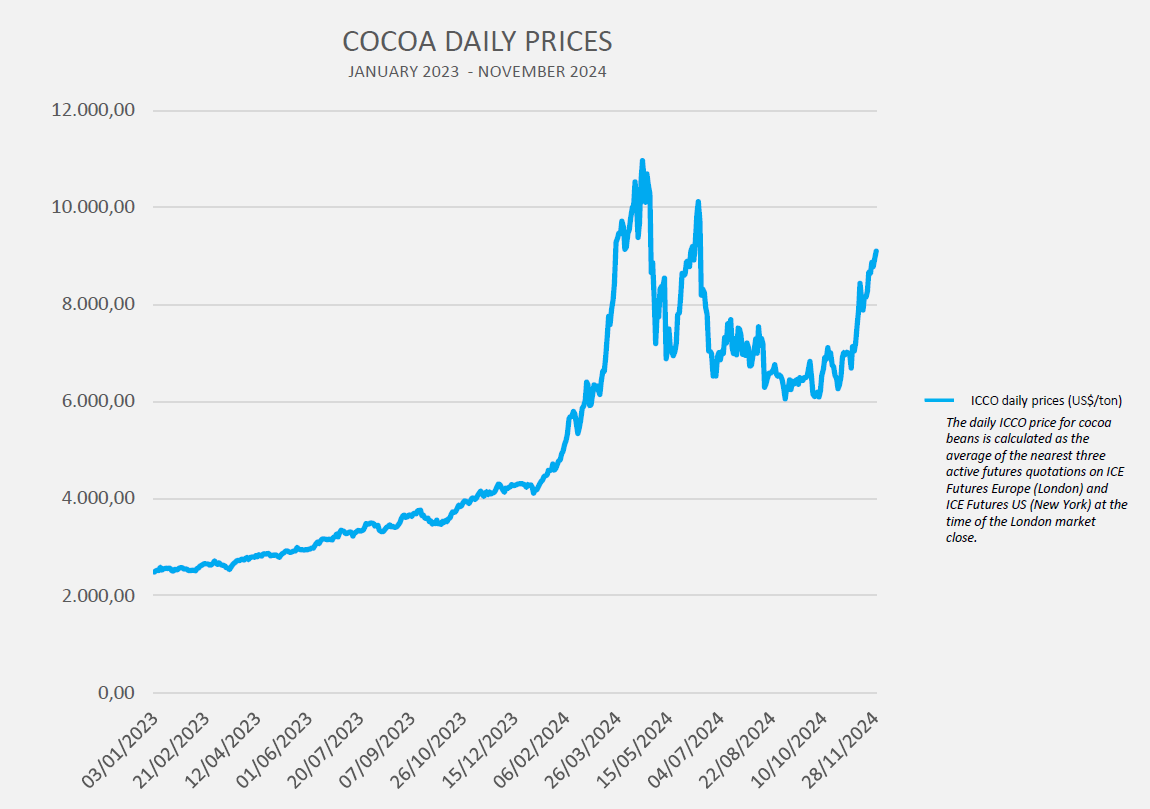
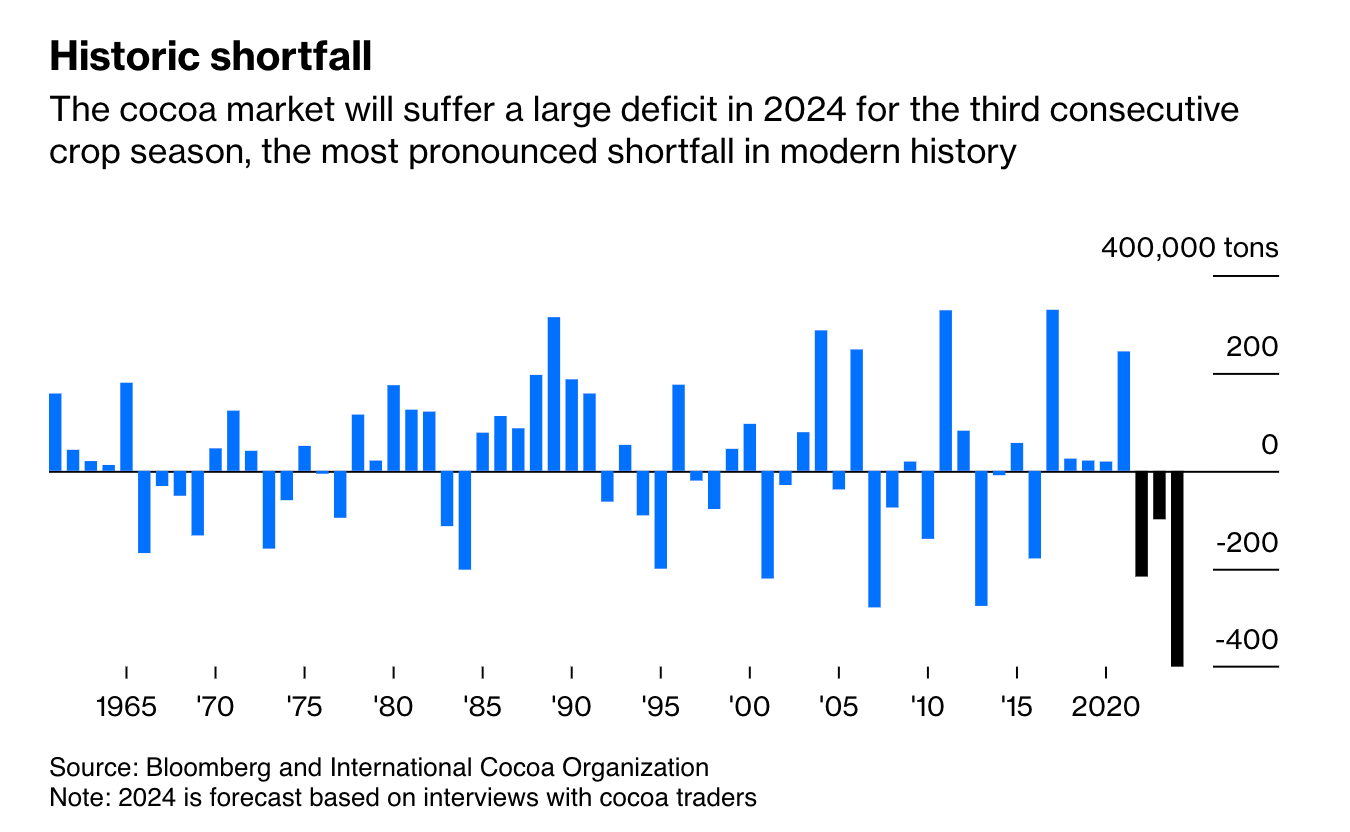
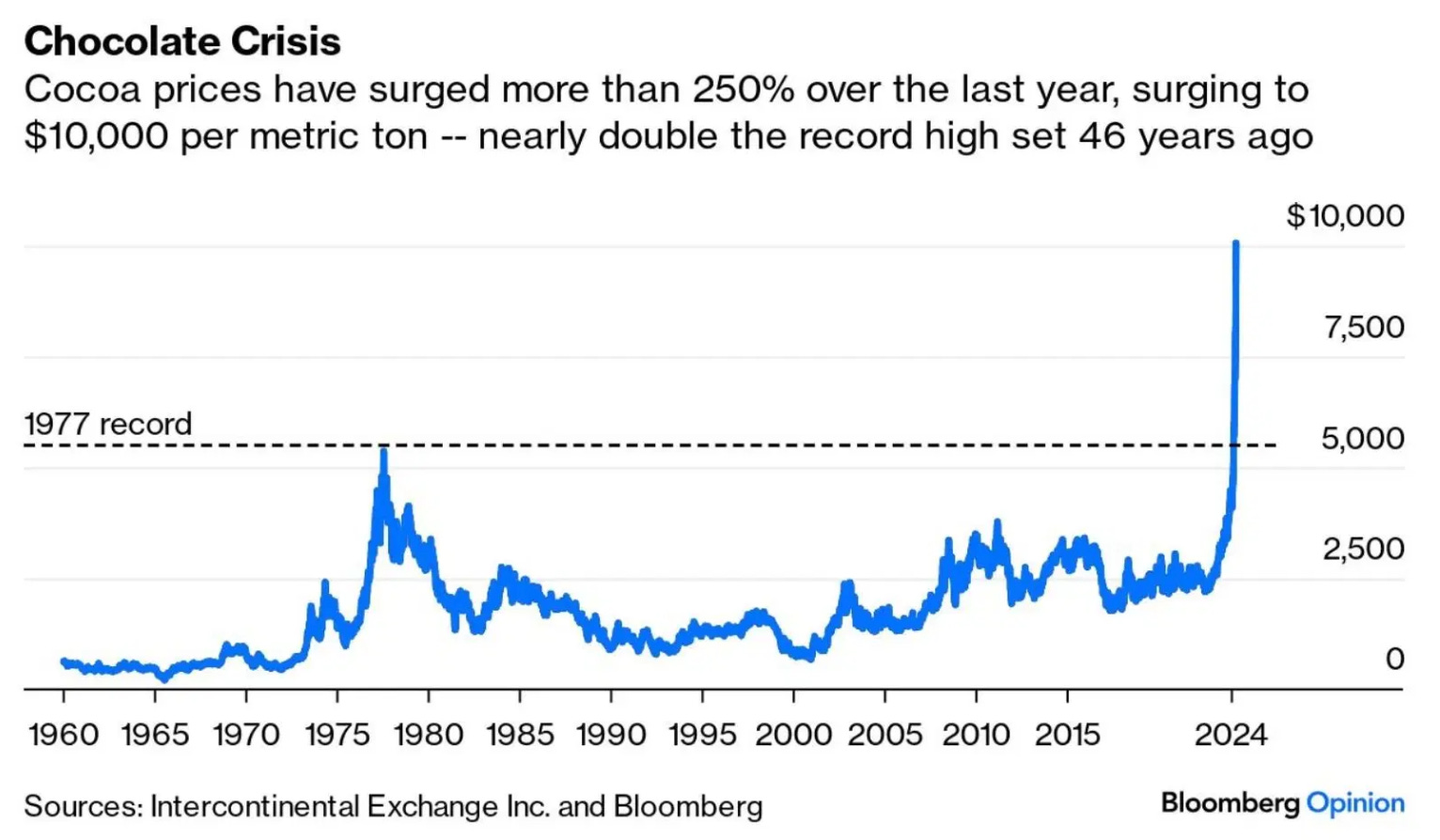
Title: The Top 10 Cocoa Events in Ghana’s Cocoa Sector in 2024 and Their Impact on Global Commodity Prices and Markets in 2025
Highlights:
Ghana’s cocoa sector experienced unprecedented events in 2024, including climate challenges, policy reforms, and technological advancements.
These events are expected to influence global cocoa prices, supply chains, and market dynamics in 2025.
Strategic recommendations are proposed to mitigate risks and capitalize on emerging opportunities in the global cocoa market.
Research Methodology
This analysis is based on a comprehensive review of primary and secondary data from sources such as the Ghana Cocoa Board (COCOBOD), the International Cocoa Organization (ICCO), the World Bank, and industry reports. The study employs qualitative and quantitative methods, including trend analysis, scenario modeling, and expert interviews, to assess the impact of Ghana’s cocoa sector events on global markets.
Key Statistics and Facts
Ghana produced approximately 800,000 metric tons of cocoa in 2024, a 15% decline from 2023 due to adverse weather conditions.
Cocoa prices surged to a 46-year high of $4,200 per metric ton in 2024, driven by supply shortages.
Ghana and Côte d’Ivoire implemented a joint Living Income Differential (LID) policy, adding $400 per ton to global cocoa prices.
The cocoa sector contributed 8% to Ghana’s GDP in 2024, down from 10% in 2023.
Over 30% of cocoa farms in Ghana were affected by the swollen shoot virus, reducing yields significantly.
Ghana launched a $200 million Cocoa Rehabilitation Program to replace diseased trees and support farmers.
The European Union’s deforestation regulation came into effect, impacting Ghana’s cocoa exports to the EU.
Ghana introduced blockchain technology to enhance traceability and transparency in cocoa supply chains.
Global cocoa demand grew by 3% in 2024, driven by increasing consumption in Asia.
Ghana’s cocoa export revenue fell by 12% in 2024, despite higher global prices, due to reduced production volumes.
Body of Article/Critical Analysis
Ghana’s cocoa sector, a cornerstone of its economy and a key player in the global cocoa market, faced significant challenges and transformations in 2024. These events have far-reaching implications for global commodity prices and markets in 2025. Below is a critical analysis of the top 10 cocoa events in Ghana in 2024 and their projected impact.
Adverse Weather Conditions
Unpredictable rainfall patterns and prolonged droughts in 2024 severely impacted cocoa yields. This supply shock contributed to a global cocoa shortage, pushing prices to historic highs. In 2025, climate resilience strategies will be critical to stabilizing production.Swollen Shoot Virus Outbreak
The spread of the swollen shoot virus devastated cocoa farms, reducing yields by an estimated 30%. The Ghanaian government’s $200 million rehabilitation program aims to replace infected trees, but recovery will take years, prolonging supply constraints.Implementation of the Living Income Differential (LID)
Ghana and Côte d’Ivoire’s LID policy, which adds a premium to cocoa prices, aimed to improve farmer incomes. While successful in raising prices, it also increased costs for chocolate manufacturers, potentially reducing demand in 2025.EU Deforestation Regulation
The EU’s new regulation requiring proof of deforestation-free cocoa exports created compliance challenges for Ghana. While this promotes sustainability, it may limit market access and increase costs for smallholder farmers.Blockchain Technology Adoption
Ghana’s adoption of blockchain for cocoa traceability enhances transparency and builds consumer trust. This innovation could strengthen Ghana’s position in premium markets, attracting higher prices in 2025.Declining Cocoa Contribution to GDP
The sector’s reduced contribution to GDP highlights vulnerabilities in Ghana’s economy. Diversification and value addition will be essential to mitigate risks and enhance economic resilience.Global Demand Growth
Rising cocoa consumption in Asia, particularly in China and India, presents new market opportunities. However, supply constraints may limit Ghana’s ability to capitalize on this demand.Cocoa Rehabilitation Program
The government’s rehabilitation initiative is a positive step, but its success depends on effective implementation and farmer participation. Long-term benefits may not materialize until 2026 or beyond.Price Volatility
Record-high cocoa prices in 2024 created uncertainty for buyers and sellers. In 2025, price volatility is expected to persist, impacting global chocolate manufacturers and consumers.Farmer Livelihood Challenges
Despite higher prices, many Ghanaian cocoa farmers continue to face poverty due to rising input costs and limited access to financing. Addressing these challenges is crucial for sustainable production.
Current Top 10 Factors Impacting Ghana’s Cocoa Sector
Climate change and weather variability.
Disease outbreaks (e.g., swollen shoot virus).
Policy interventions (e.g., LID, EU regulations).
Technological advancements (e.g., blockchain).
Global demand shifts.
Price volatility and market speculation.
Farmer income and livelihood challenges.
Supply chain disruptions.
Government and international support programs.
Sustainability and traceability requirements.
Projections and Recommendations
Projections:
Global cocoa prices are expected to remain elevated in 2025 due to supply constraints.
Ghana’s cocoa production may recover slightly, but full rehabilitation will take time.
Demand for sustainably sourced cocoa will grow, creating opportunities for compliant producers.
Recommendations:
Invest in climate-resilient agricultural practices and technologies.
Strengthen disease prevention and control measures.
Enhance farmer access to financing and training.
Expand value addition and processing within Ghana.
Collaborate with international partners to meet sustainability standards.
Conclusions
Ghana’s cocoa sector faced significant challenges in 2024, but these events also present opportunities for transformation. By addressing production constraints, embracing innovation, and prioritizing sustainability, Ghana can strengthen its position in the global cocoa market and contribute to more stable commodity prices in 2025.
Notes
Data sources include COCOBOD, ICCO, and the World Bank.
Projections are based on current trends and expert analysis.
Bibliography + References
Ghana Cocoa Board (COCOBOD). (2024). Annual Cocoa Production Report.
International Cocoa Organization (ICCO). (2024). Quarterly Bulletin of Cocoa Statistics.
World Bank. (2024). Ghana Economic Update: Cocoa Sector Challenges and Opportunities.
European Union. (2024). Deforestation-Free Commodity Regulations.
Food and Agriculture Organization (FAO). (2024). Climate Change and Cocoa Production.

